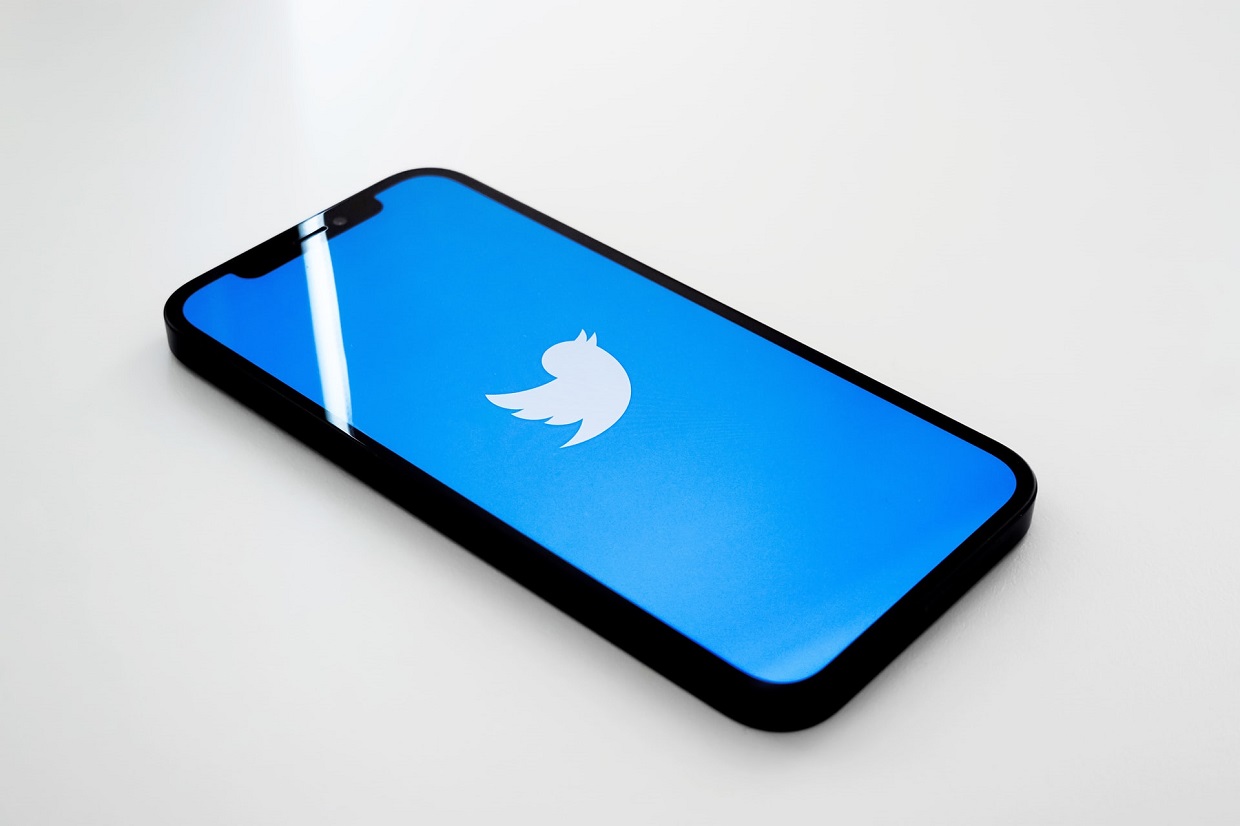Twitter profitable again: Musk – Apparata
The draconian austerity operation to return Twitter to profitability is bearing fruit. From the second quarter, so from April to June 2022, Musk expects a positive cash flow.
Contents
The old Twitter
Before the takeover by Elon Musk, Twitter led an ailing existence. Although the platform attracted renowned advertisers, the revenues went almost entirely to the salaries of staff, expensive, luxurious offices and hosting. This was inevitable with Twitter’s revenue model.
The company was closely intertwined with US government organizations and major media concerns. After the takeover by Musk, he had a group of journalists conduct an investigation into the so-called Twitter Files, so we now know in detail how strong this influence was. In many ways, Twitter was the long arm of the US government: anything that went against the prevailing narrative on sensitive topics like covid-19 and . The European Union also had close ties with Twitter’s moderation team.
The old Twitter made about $4 billion a year from selling advertising space and about half a billion dollars a year from selling data. Expenses were slightly above that. The lion’s share of this went to the salaries of CEO Agrawal and the rest of the board, as well as to the generously paid seven thousand Twitter employees. For a relatively small part to the rent of offices and the server park.
Versus the new Twitter
Musk viewed the massive spending on staff and luxurious office space with horror. Also, as a staunch supporter of freedom of expression, he had a brother death from censorship (the vast majority of Twitter staff were directly or indirectly involved in this).
The result was not very difficult to predict: a massive reduction of the workforce. In total, only one fifth of the former staff, less than 1400 people, still work. This reduced personnel costs by four-fifths. Musk also rigorously applied pruning shears in the office stock.
Due to the buzz around Twitter, which has been heavily emphasized in the media, many advertisers dropped out. Advertising revenue fell by about half. Paying several months’ salary to the dismissed employees cost Twitter a lot of money. But now that these losses have been written off, the picture looks a lot brighter. If we assume revenues of around two to three billion per year, and Musk’s expenditure figure of 1.5 billion, there will be enough money coming in from the second quarter onwards that Musk can focus on plans for the future .
We already know a few things. There will be a messaging and payment app, X. Twitter Blue users with more than 500 followers can offer subscriptions. All Twitter Blue users can already upload videos of up to two hours. Musk also wants to enable micropayments, so that you can pay per article or tweet. Then you no longer have to take out an expensive newspaper subscription, but you can read the article for a few cents. Or view the photo, or the cat video.
Twitter already profitable
Operating cash flow, a measure of what’s coming in versus what’s going out, is probably already positive at this point. If the new director Linda Yaccarino succeeds in getting the runaway advertisers to return, the prospects will be completely sunny. With expenses of around one and a half to two billion, and doubled income, that would mean that Twitter can make at least two billion profit per year.
One app to rule them all
If Twitter users switch en masse to the new bank X, this means a strong increase in both the number of users and the income per user. Connecting a webshop, a service agency or other company is then a piece of cake and makes the medium very attractive. Suppose ten million Twitter users, for example the hard core Musk fans who now have Twitter Blue, switch to X Bank and arrange their banking via Twitter. Then the profits go all the way into the stratosphere: at the moment banks are already fighting each other for account holders.
So perhaps reports that Twitter is dead are premature.



